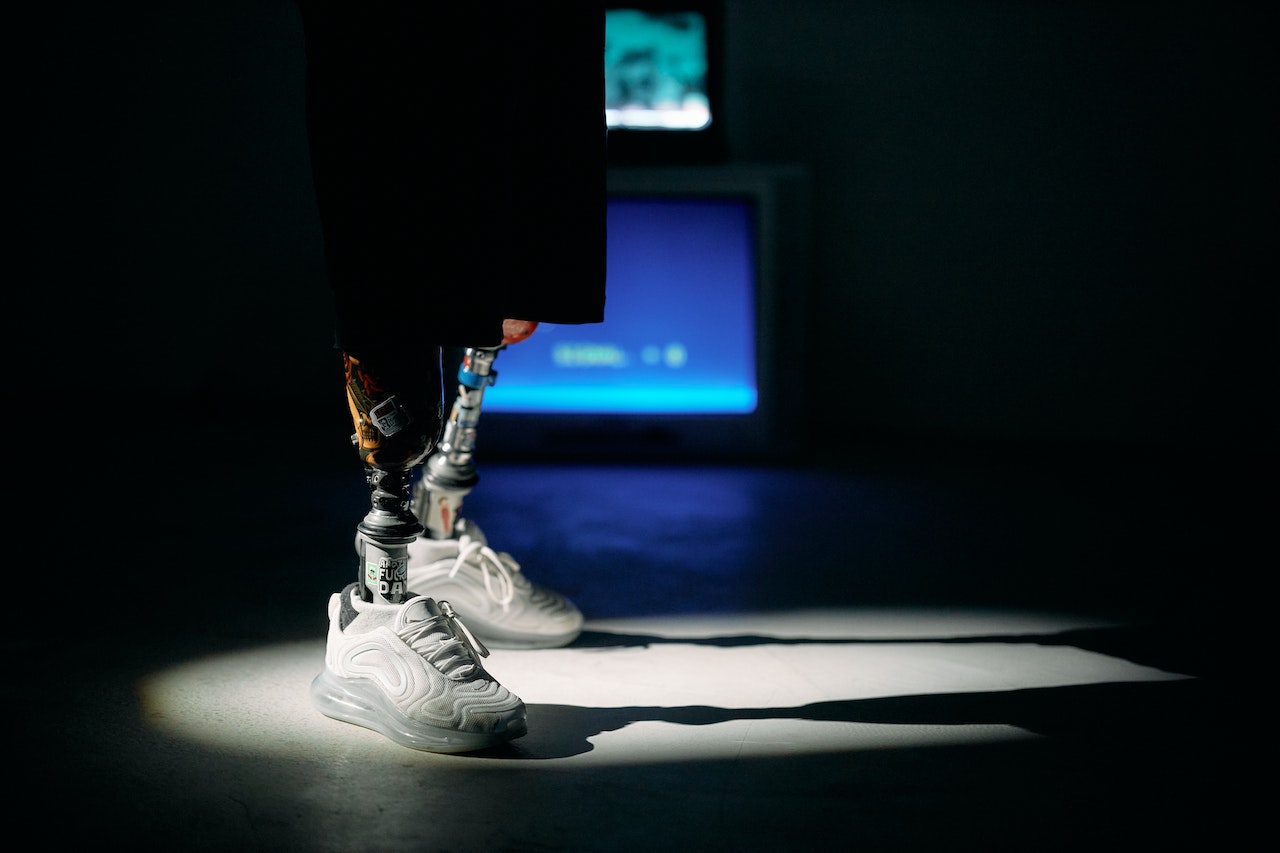Prosthetics have been used for centuries to improve the quality of life of individuals with amputations or limb deficiencies. They are custom-made devices designed to replace lost limbs or body parts and help restore functionality and mobility. Prosthetics have come a long way since their inception, and advancements in technology have led to the development of prosthetics that mimic natural movement and are more durable than ever before. One question that often arises when it comes to prosthetics is, what is the lifespan of a prosthetic? In this article, we will explore the factors that affect the lifespan of prosthetics and provide insights into the average lifespan of prosthetics.
Factors that Affect the Lifespan of Prosthetics
The lifespan of a prosthetic depends on several factors, including the materials used, the level of activity of the user, and the care and maintenance of the device. Let’s take a closer look at each of these factors.
Materials used: The materials used to make the prosthetic play a significant role in determining its lifespan. Prosthetics can be made of a variety of materials, including plastics, metals, and composite materials. The type of material used depends on the specific needs of the user and the intended use of the prosthetic. For example, a prosthetic leg for a person who engages in high-impact activities will likely be made of stronger materials than a prosthetic leg for a person who is less active. Additionally, some materials are more durable than others, which can affect the lifespan of the prosthetic.
Level of activity: The level of activity of the user also affects the lifespan of the prosthetic. Prosthetics are designed to withstand normal wear and tear, but if the user engages in high-impact activities or puts excessive stress on the prosthetic, it may wear out faster. Similarly, if the user is less active, the prosthetic may last longer.
Care and maintenance: Proper care and maintenance are essential for prolonging the lifespan of a prosthetic. Regular cleaning and maintenance can help prevent damage and keep the device functioning properly. Additionally, users should avoid exposing the prosthetic to extreme temperatures or moisture, as this can cause damage to the materials and components.
Average Lifespan of Prosthetics
The lifespan of a prosthetic can vary widely depending on the factors mentioned above. However, there are some general guidelines that can provide insights into the average lifespan of prosthetics.
- Upper extremity prosthetics: Upper extremity prosthetics, such as prosthetic hands and arms, tend to have a longer lifespan than lower extremity prosthetics. This is because the upper extremities are subject to less stress and wear and tear than the lower extremities. On average, upper extremity prosthetics can last anywhere from 3-5 years with proper care and maintenance.
- Lower extremity prosthetics: Lower extremity prosthetics, such as prosthetic legs, tend to have a shorter lifespan than upper extremity prosthetics. This is because the lower extremities are subject to more stress and wear and tear due to weight-bearing and walking. On average, lower extremity prosthetics can last anywhere from 1-3 years with proper care and maintenance.
- High-activity prosthetics: Prosthetics designed for high-impact activities, such as running or sports, tend to have a shorter lifespan than prosthetics designed for everyday use. This is because the materials used in high-activity prosthetics are subject to more stress and wear and tear. On average, high-activity prosthetics can last anywhere from 1-3 years with proper care and maintenance.
- Pediatric prosthetics (continued): be adjusted or replaced more frequently to accommodate changes in the child’s body. On average, pediatric prosthetics may last anywhere from 6 months to 2 years before needing replacement.
It’s important to note that these are just general guidelines and that the lifespan of a prosthetic can vary widely depending on individual factors such as the user’s weight, level of activity, and care and maintenance of the device.
When Should a Prosthetic be Replaced?
Knowing when to replace a prosthetic is essential for ensuring the safety and functionality of the device. Some signs that a prosthetic may need to be replaced include:
- Wear and tear: If the prosthetic shows signs of wear and tear, such as cracks or scratches, it may be time for a replacement.
- Poor fit: If the prosthetic no longer fits properly, it may need to be adjusted or replaced. A poorly fitting prosthetic can cause discomfort and lead to further issues.
- Broken or damaged components: If any components of the prosthetic are broken or damaged, it’s important to have them repaired or replaced as soon as possible.
- Changes in the user’s needs: If the user’s needs change, such as if they become more or less active, the prosthetic may need to be replaced to accommodate these changes.
In some cases, it may be possible to repair or adjust the prosthetic rather than replacing it entirely. However, it’s important to consult with a prosthetist to determine the best course of action.
Conclusion
The lifespan of a prosthetic can vary widely depending on several factors, including the materials used, the level of activity of the user, and the care and maintenance of the device. While there are general guidelines for the average lifespan of prosthetics, it’s important to remember that individual factors can have a significant impact on the lifespan of a specific device. Regular care and maintenance, as well as proper usage and appropriate adjustment, can help extend the lifespan of a prosthetic and ensure its continued functionality and safety. Knowing when to replace a prosthetic is essential for maintaining the user’s comfort and mobility, and consulting with a prosthetist can help determine the best course of action. Overall, prosthetics can greatly improve the quality of life for individuals with amputations or limb deficiencies, and advancements in technology continue to make these devices more durable and effective than ever before.



